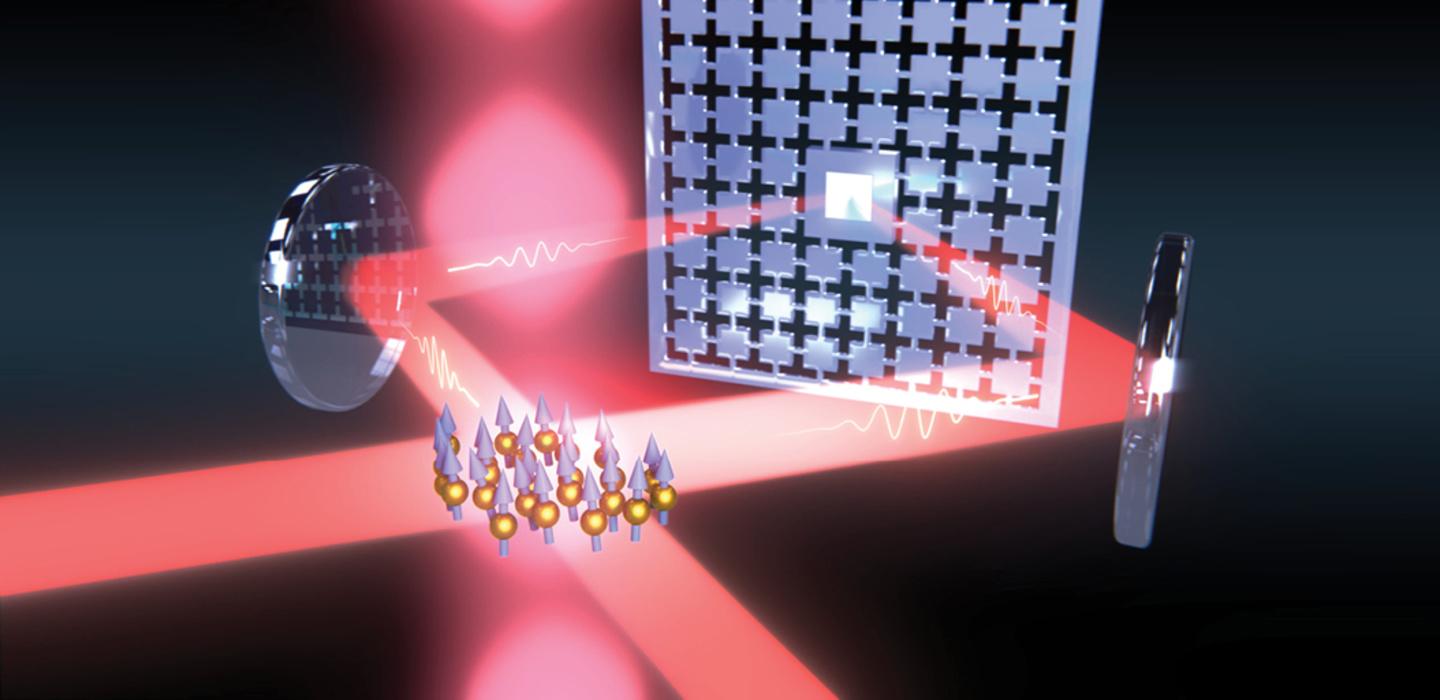Nanoheating allows enzymes to operate at subzero temperatures Researchers from the SNI network have developed a strategy to allow the activity of a natural biocatalyst to continue at tem- peratures down to -10°C. To do so, a team from the SNI network from the FHNW School of Life Sciences immobilized enzymes isolated from an Antarctic yeast together with gold nanoparticles on the surface of particles of silica. When optically excited, the gold particles begin to ra- diate nanoscale heat. These tiny amounts of heat are sufficient for the neighboring enzymes, which are already adapted to cold temperatures in nature, to perform their catalytic work at tem- peratures down to -10°C. The system only works, however, if the embedded gold nanoparticles and enzymes are shielded from the environment by a nanometer-thin layer. Original publication: http://bit.ly/3D0y7kN Cycloalkanes adapt their shape when trapped in tiny pores. (Image: Depart- ment of Physics, University of Basel) Cooling matter from a distance Researchers from the University of Basel have succeeded in forming a control loop consisting of two quantum systems sep- Nano-heating enables enzymes to work at sub-zero temperatures (Image: arated by a distance of one meter. Within this loop, one quan- FHNW) tum system — a vibrating membrane — is cooled by the other — a cloud of atoms, and the two systems are coupled to one another by laser light. Interfaces such as this allow different kinds of quantum systems to interact with one another even Dancing molecules over relatively large distances and will play a key role in quan- When cycloalkanes are enclosed in nanometer-sized pores, they tum technologies of the future. adapt their shape — in a manner similar to the induced fit con- Media release: http://bit.ly/3XwRmcV cept described in biochemistry. The molecules do not all behave Video: https://youtu.be/gWER3ToDqNo the same way. With increasing lack of space and low tempera- tures below 5K, the molecules start to move in a surprising way. Researchers from the SNI network from the Department of Physics at the University of Basel and the Paul Scherrer Institute have demonstrated this using scanning tunneling microscopy images and published the results in the Journal of Physical Chemistry Letters. Original publication: https://bit.ly/3kT76cS Light is used to couple a vibrating membrane to a cloud of atoms in order to form a control loop. The two different quantum systems — consisting of the membrane and the spins — therefore regulate one another’s temperature with no need for external measurement. (Image: Department of Physics, University of Basel) SNI Annual Report 2022 27
 SNI Annual Report 2022 Page 26 Page 28
SNI Annual Report 2022 Page 26 Page 28
